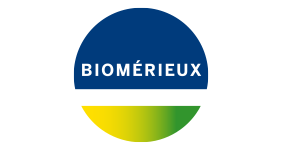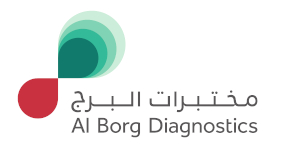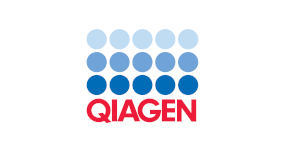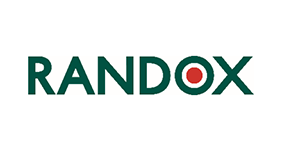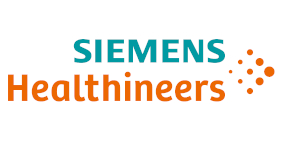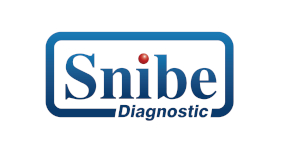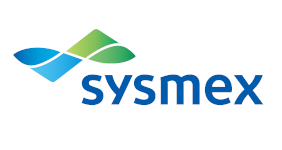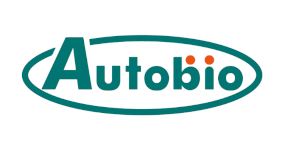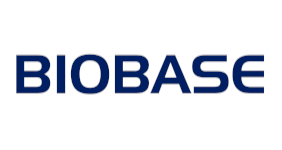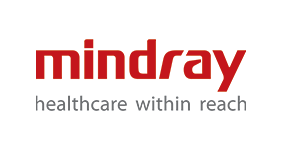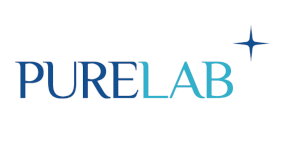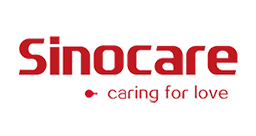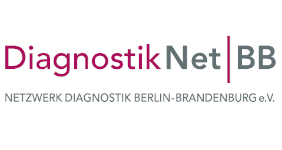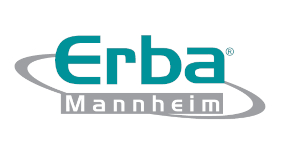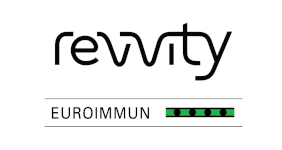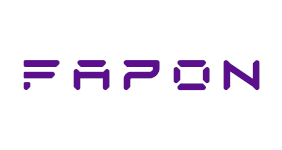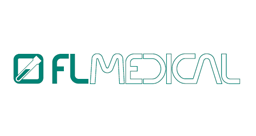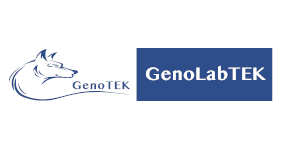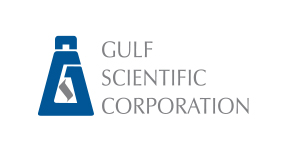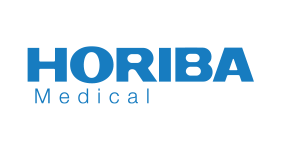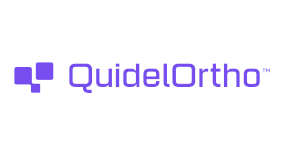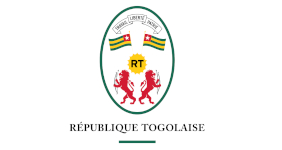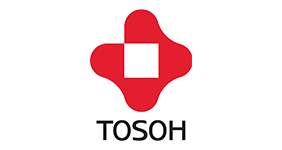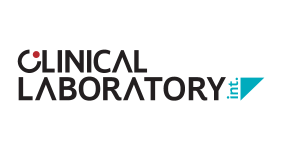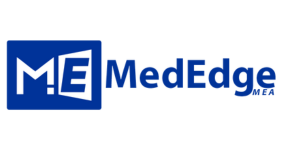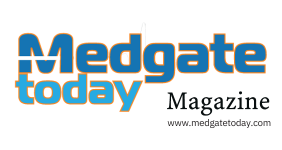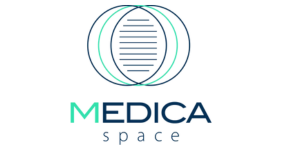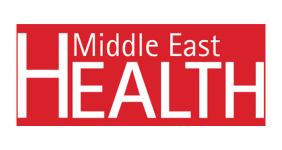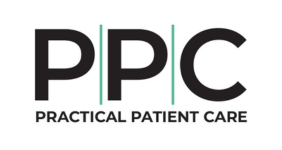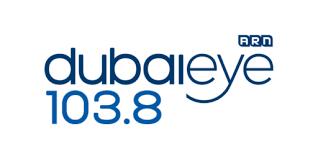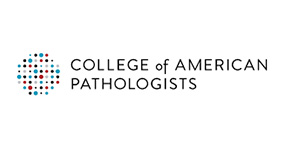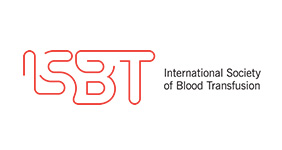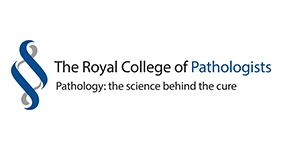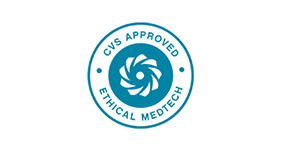The power of automatisation and digitisation in pathology
According to the Digital Pathology Association in the United States, digital pathology is a dynamic, image-based environment that enables the acquisition, management and interpretationof pathology information generated from a digitised glass slide. Healthcare applications include primary diagnosis, diagnostic consultation, intraoperative diagnosis, medical student and resident training, manual and semi-quantitative review of immunohistochemistry (IHC), clinical research, diagnostic decision support, peer review, and tumour boards.
Similarly, a video produced by Nasjonal IKT in Norway explains how the implementation of digital pathology simplifies and improves analysis and fosters the application of personalised medicine. Instead of the pathologist examining the sample in a microscope, the tissues will be scanned digitally and a pathologist examines the sample on a screen. This digital sample is instantly available to other pathologists at any time and anywhere enhancing clinical data management. Critical measurements are done on the screen and imagine analysis and pattern recognition tools aid in the diagnostic process
and help pathologists evaluate the expression of biomarkers and pathologists are able to compare their diagnosis against a patient’s historical data.
For pathologists, digital pathology represents a considerable improvement in workflow, and data and information management, making it easier to exchange and carry out data processing. Digital pathology is the paradigm shift the field of pathology needs to ensure efficient and high quality diagnostics and treatment.
AI in digital pathology
The application of artificial intelligence (AI) in the practice of pathology has great potential to impact patient care, as well as transform the daily work of pathologists. Today, the Digital Pathology Association, through the Regulatory and Standards Task Force, is working to define and clarify issues concerning the regulatory paths surrounding precision medicine, digital pathology and applied artificial intelligence, and the standardisation of information formats for the sake of interoperability.
To do so the task force has been created to resolve three issues:
1) Create consensus on the class of device for the applied AI
2) Solve for how to regulate machine-learning algorithms.
3) The inclusion of standardisation and interoperability as a key component of the regulatory discussion.
Whole-slide digital imaging
The advent of whole‑slide imaging in digital pathology has brought about the advancement of computer‑aided examination of tissue via digital image analysis. Digitised slides can now be easily annotated and analysed via a variety of
algorithms.
In a recent white paper, Famke Aeffner, DVM, PhD, DACVP; Principal Pathologist; Amgen, explains that whole-slide images of tissue samples are rich in information, some of which was previously only accessible visually by a trained pathologist or biotechnologist whose expertise was based on previous experience and training. Therefore, manual readouts could easily be influenced by inherent cognitive and visual bias. With a digital image, however, some of this information is amenable to more precise and reproducible extraction, which can reduce or potentially eliminate human bias. In response to this new technology, the market is rapidly expanding with new companies that sell optimised software for extracting relevant digital information from images or that offer the data generation as a service.
The role of telepathology
In 1986, Ronald S. Weinstein MD, an academic pathologist, coined the word telepathology and, in an editorial published in a medical journal, outlined what actions would need to be taken in order for remote pathology diagnostic services to be developed. Today, thousands of patients across the globe have benefited from numerous clinical telepathology services.
There are three major types of telepathology systems: virtual slide systems, real-time systems and image-based systems. Virtual slides and real-time robotic microscopic systems provide an opportunity for the consultant pathologist to evaluate entire histopathology slides from a distance. When it comes to a real-time system, a motorised microscope that is robotically controlled is actively operated by the consultant from a distant site.
Currently telepathology is being used for numerous clinical applications. These include research, competency assessment, education, subspecialty expert pathology diagnoses, second opinion diagnoses, primary histopathology diagnoses and the diagnosis of frozen section specimens. Telepathology benefits include being able to provide off-site pathologists with
immediate access to perform quick frozen section diagnoses. Having direct access to a dermatopathology’s, neuropathologist, renal pathologist or other subspecialty pathologist for an immediate consultation is another benefit of
telepathology.
The emergence of computational pathology
Integrative analyses of large, high-throughput data sets play increasingly important roles in many areas of science and engineering. Computational pathology builds on this base by demonstrating the use of methods, including machine learning as well as statistical and computational modeling, to understand complex disease states.
According to the Journal of Biomedical and Health Informatics, computational pathology embodies the synergy of digital pathology, medical image analysis, computer vision, and machine learning. The huge amount of information and clinical data available in multi-gigapixel histopathology images makes digital pathology the perfect use case for advanced image analysis techniques. For this reason, deep learning and artificial intelligence have successfully powered computationalpathology research in recent years.
Date: 11th Decemeber 2019



